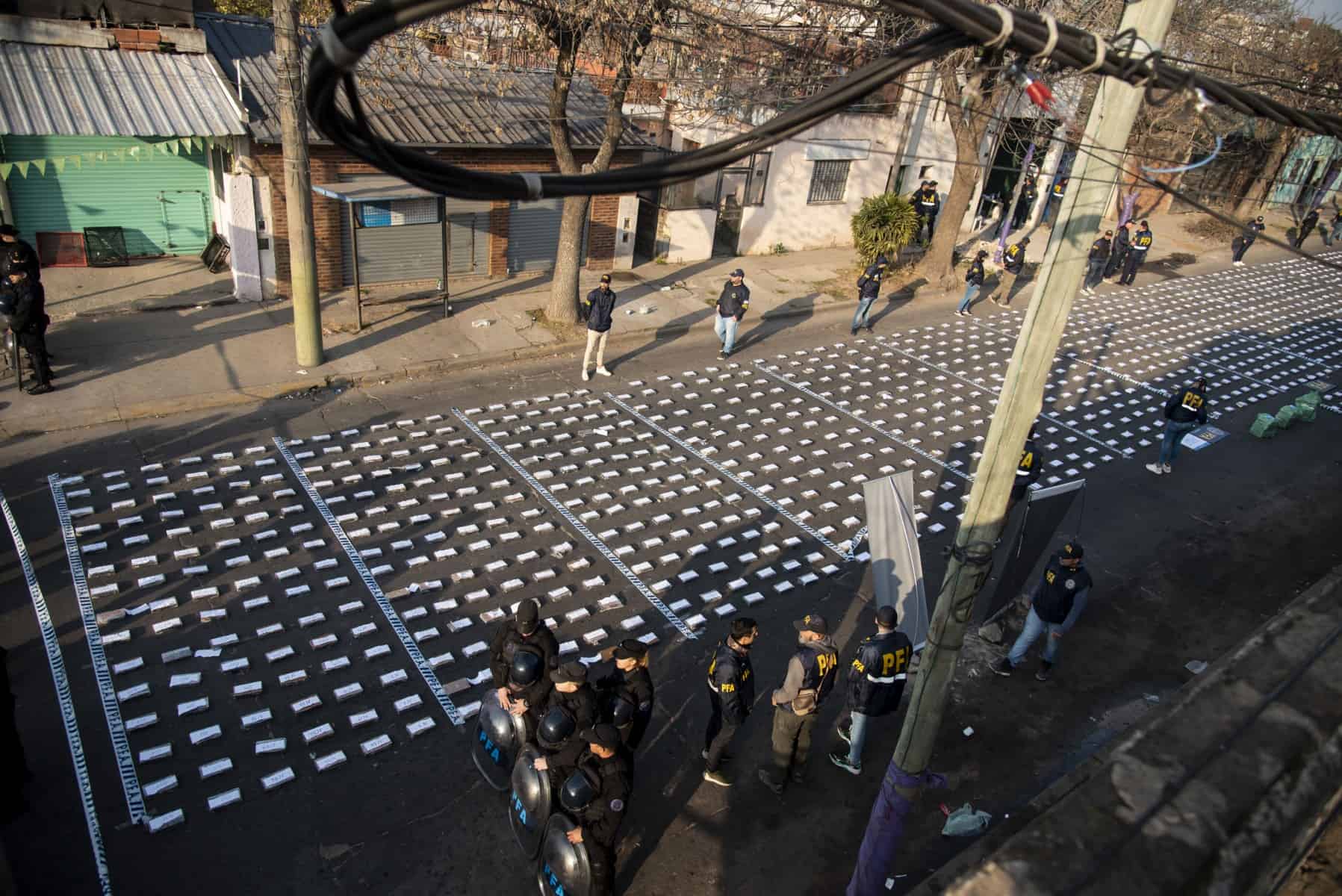VIENNA, AUSTRIA – Coca cultivation hit a record high by soaring 35 percent from 2020 to 2021, a UN report showed Thursday, amid new cocaine trafficking hubs emerging in southeastern Europe and Africa.
Bolivia, Colombia and Peru – which have historically dominated the production of coca leaves – altogether cultivated an area of more than 300,000 hectares in 2021, the Vienna-based United Nations Office on Drugs and Crime (UNODC) said.
Once harvested, a paste – obtained by mixing chopped leaves with lime, cement, gasoline, and ammonium sulfate – is usually taken elsewhere to be turned into cocaine.
Global cocaine manufacture reached an estimated 2,000 tons in 2020, continuing a “dramatic uptick” in production that began in 2014, when the total was less than half of today’s levels, the report said.
The temporary disruptions of worldwide drug markets caused by the COVID-19 pandemic thus had “little impact” on longer-term trends, with global cocaine supply surging to record levels underpinned by growing demand, it added.
While steadily rising numbers of users are in part due to population growth, the report said it was also indicating a “rising prevalence of cocaine use”.
Demand for the drug, which is sold for about US$74 (70 euros) per gram, remains concentrated among the wealthy populations of the Americas and parts of Europe.
“The surge in the global cocaine supply should put all of us on high alert,” said UNODC Executive Director Ghada Waly in reacting to the report’s findings.
Particularly Central and West Africa are increasingly being used as key transit zones for cocaine trafficking.
And North Sea ports like Rotterdam and Hamburg “have eclipsed traditional entry points in Spain and Portugal for cocaine” arriving in Western Europe.
The report also notes that Russia’s war in Ukraine has had an impact on drug trafficking routes.
“It is likely that… foreign criminal groups” that previously used Ukrainian ports to avoid controls in Western Europe are shifting “their activities to other Black Sea ports in Romania or Bulgaria,” the UNODC said.








